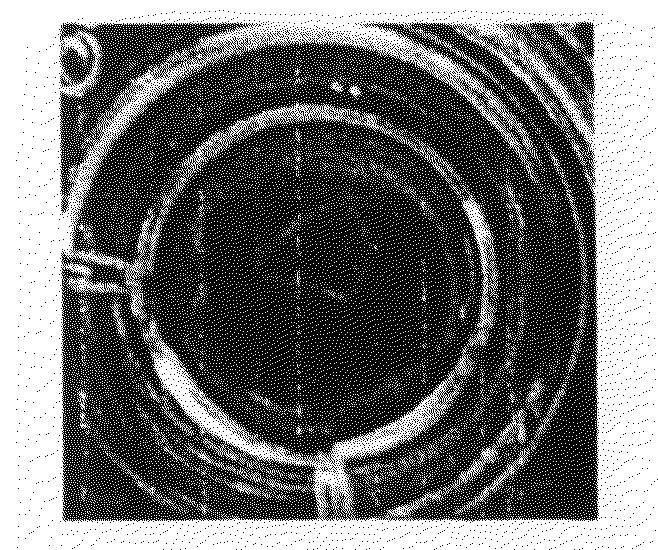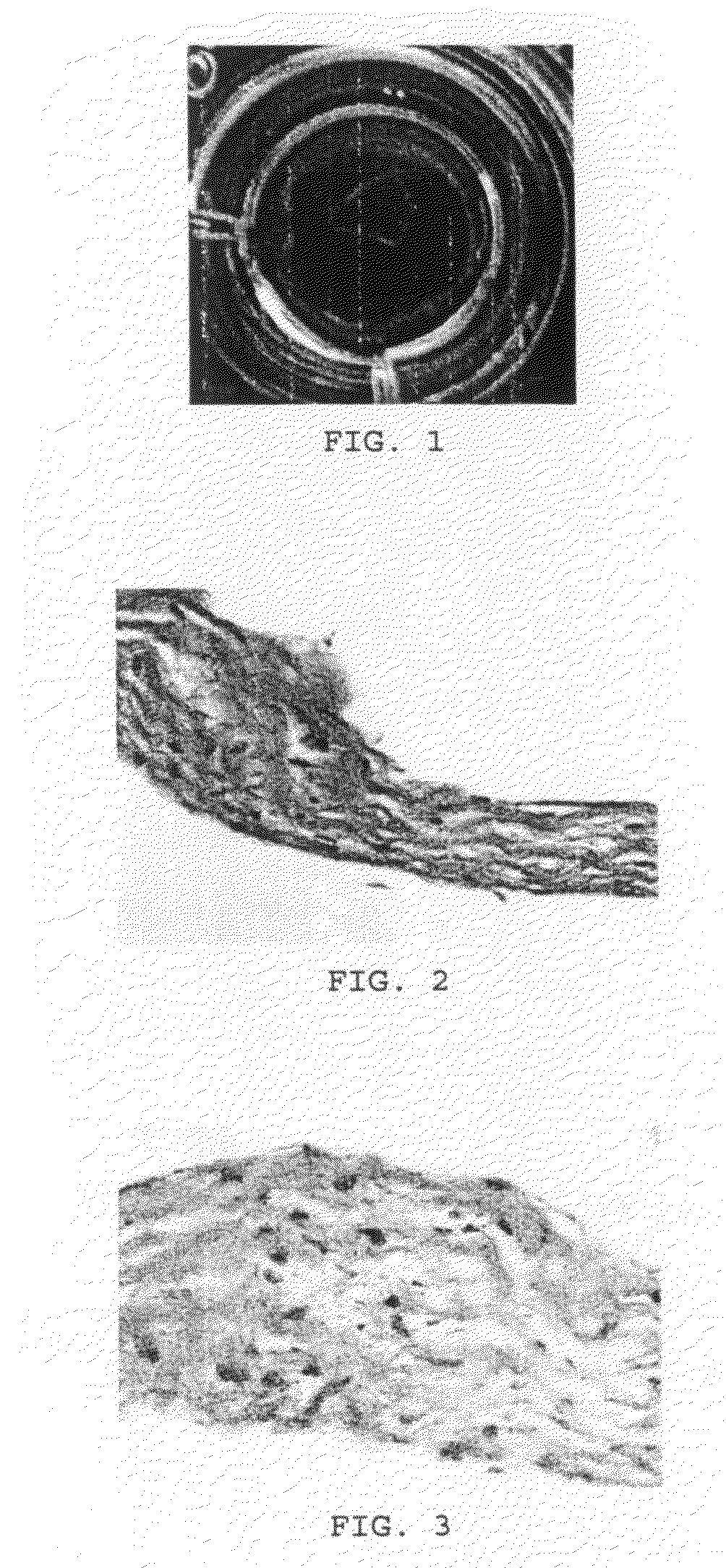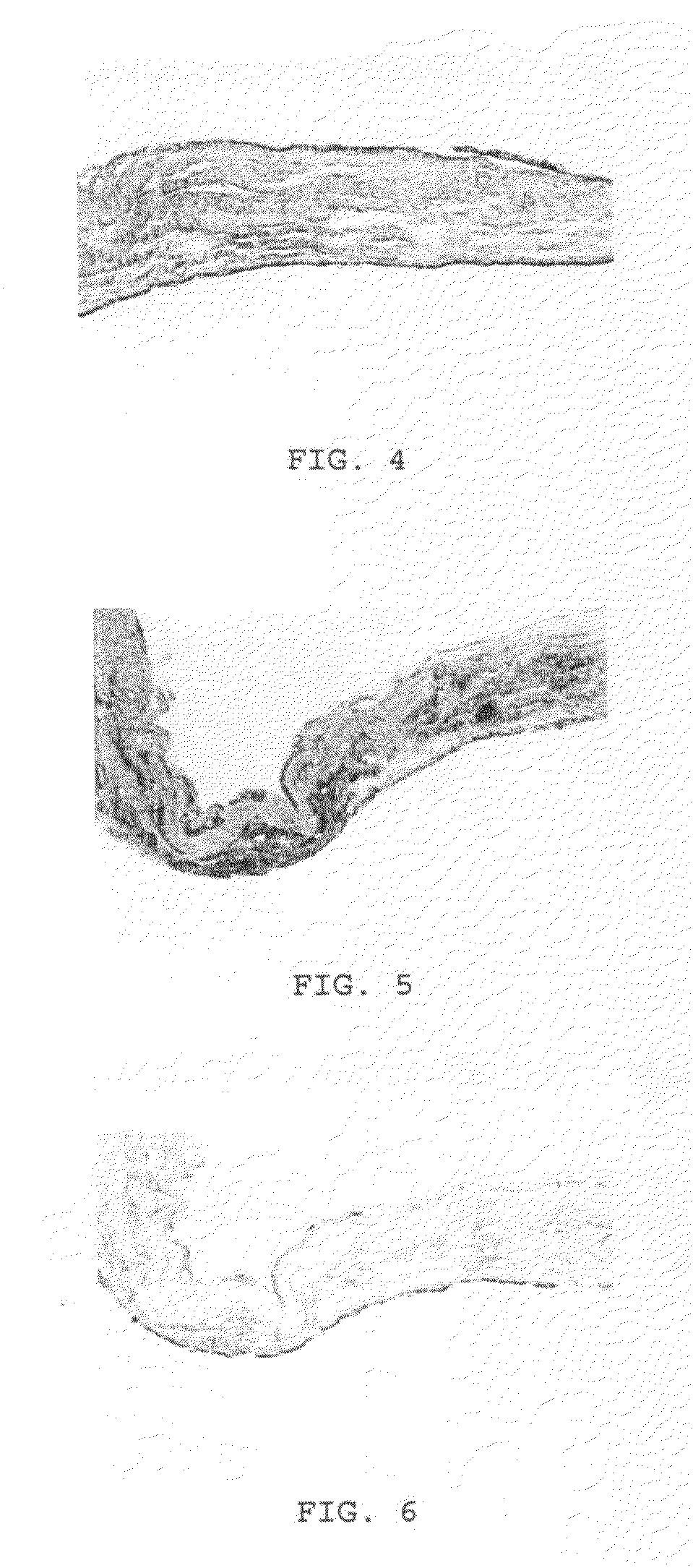Adhesive cartilage implant
a cartilage implant and adhesive technology, applied in the field of medical technology, can solve the problems of limited regenerative capacity compared to other tissues, pain, cartilage damage, etc., and achieve the effect of decreasing the temperature of the polymer
- Summary
- Abstract
- Description
- Claims
- Application Information
AI Technical Summary
Benefits of technology
Problems solved by technology
Method used
Image
Examples
example 1
[0059]In this example, an in vitro study was performed to determine the appropriate cell seeding density in thermo-sensitive polymer coated 96-well culture plates.
[0060]Human mesenchymal stem cells (hMSCs) were expanded in DMEM / 10% FBS / 1% PS at 37° C. (a physiological temperature) up to passage 3. Cells were trypsinized, washed, and resuspended in DMEM / 10% FBS / 1% PS. Cells were then seeded in the 96-well culture plate coated with thermo-sensitive polymer at the following densities: 1×104 cells / well, 2×104 cells / well, 5×104 cells / well, 1×105 cells / well, and 2×105 cells / well. Following a 24-hour culture at 37° C., the medium was changed to serum-free DMEM supplemented with TGF-β3. Macroscopic examination of cell morphology was conducted daily for 14 days. On the termination day, the culture plate was transferred to 4° C. (a nonphysiological temperature) to release the cell construct from the well.
[0061]The results of the study illustrated that within 24 hours of plating, cells became ...
example 2
[0063]In this example, the three-dimensional cell constructs formed in thermo-sensitive polymer coated 96-well culture plates were assessed.
[0064]As discussed in Example 1, hMSCs were seeded to form a three-dimensional configuration or construct in a 96-well plate coated with thermo-sensitive polymer at the density of 2×104 cells per well and induced to form cartilage in serum-free DMEM medium supplemented with TGF-β3 for 21 days. Cell constructs were released from the culture plate by incubating at 4° C. for a few minutes. Then the cell constructs were embedded in 1% agarose and subjected to histological processing. Tissue sections of 5 μm were prepared for the following stains: H&E, Safranin O, Alcian Blue (pH 1.0), and integrin α5β1 antibodies.
[0065]The cell construct remained attached to the plate over 21 days of culture. Once released from the plate, the construct maintained its circular shape (FIG. 1). Upon study of the cross sections, the construct appeared to consist of mult...
PUM
| Property | Measurement | Unit |
|---|---|---|
| Temperature | aaaaa | aaaaa |
| Temperature | aaaaa | aaaaa |
| Temperature | aaaaa | aaaaa |
Abstract
Description
Claims
Application Information
 Login to View More
Login to View More - R&D
- Intellectual Property
- Life Sciences
- Materials
- Tech Scout
- Unparalleled Data Quality
- Higher Quality Content
- 60% Fewer Hallucinations
Browse by: Latest US Patents, China's latest patents, Technical Efficacy Thesaurus, Application Domain, Technology Topic, Popular Technical Reports.
© 2025 PatSnap. All rights reserved.Legal|Privacy policy|Modern Slavery Act Transparency Statement|Sitemap|About US| Contact US: help@patsnap.com



